The role of Big Data and IoT in optimizing grid operation and energy consumption
The energy grid has undergone a radical transformation. There has been a significant shift away from traditional energy distribution systems as technology highlighted weakness in the grids of the past.
EM-POWER EUROPE: ARTIFICIAL INTELLIGENCE WILL BE A GAME-CHANGER
For 2045, the German government has set the goal of 400 gigawatts (GW) of photovoltaic generation capacity and 230 GW of wind power capacity. According to conservative estimates, the electricity demand will have doubled by then.
Evaluating the Role of Sustainable Materials in Renewable Energy Infrastructure
Learn more about how sustainable materials are improving renewable energy infrastructure to understand the ways it can support the environment beyond creating carbon-neutral electricity.
How a Clean Energy Simulator Is Helping Build a Better Grid
NREL's experts have built a research platform that can create 3D simulations of entire power grids-either existing or theoretical-that contain thousands or even millions of different energy technologies.
Smart Panel Technology
The Lumin Smart Panel protects the inverter from overloading in the event of a power outage, restores power to the circuits as the battery recharges, and returns to the original settings when the grid is back online.
Can Traditional Maximum Demand Keep Up in a Smart Meter World?
Smart meters are changing everything for utilities and their customers! These meters let you see how much energy you're using almost in real-time. But many power companies still use old-fashioned maximum demand surcharge rate plans based only on the monthly peak usage.
Navigating the twin transition: The crucial role of ISVs in digitalization and sustainability
In the ever-evolving landscape of technology and sustainability, the concept of the "twin transition" has emerged, highlighting the simultaneous journey towards digitalization and sustainability.
Can Smart Substations Enhance Grid Stability for Renewable Energy Sources?
Will grids be able to handle the massive upgrade? Renewable energy installers, developers and everyone in between must assert smart substations as the solution for making a more resilient, scalable grid.
Powering Ahead: the Rise of Energy Storage Systems
The ESS market is rife with possibility and growth. As we look ahead to an all-renewable future, we will need to embrace long-duration energy storage solutions and store energy for days and weeks, not hours.
World's most advanced battery energy storage system comes online, speeding Hawaii's transition to 100% renewable energy
The KES battery project, located on 8 acres of industrial land on the southwest side of Oahu near Honolulu, uses 158 Tesla Megapack 2 XL lithium iron phosphate batteries, each roughly the size of a shipping container.
Three Reasons to Avoid Self-Integration of Battery-based Energy Storage Systems
In our latest blog, our experts share some valuable insights on why avoiding self-integration of battery-based energy storage systems is the best approach for long-term success.
Achieving Power System Balance
A small utility in Tennessee installed a complete automated power factor balancing system without complex SCADA
Technological Advances for Solar and Energy Storage are Making Energy Solutions More Accessible
The perception of fossil fuels at today's current high prices, paired with an aging utility/grid infrastructure that shuts down more often than any time in recent history, people want and need the energy security.
Stabilizing the Power Grid is Possible as the Energy Transition Continues
We've entered into a time of great change in the energy sector, which means we're finally seeing large-scale plans being enacted on the national level to switch to renewable sources.
The Role of AI in Developing Energy Efficiency
Artificial intelligence (AI) is an emerging tool that may help us engineer better energy efficiency into everything we do. Here are several ways allying with AI improves workflows and profitability.
Records 1 to 15 of 96
Featured Product

HPS EnduraCoilTM Cast Resin Medium Voltage Transformer
HPS EnduraCoil is a high-performance cast resin transformer designed for many demanding and diverse applications while minimizing both installation and maintenance costs. Coils are formed with mineral-filled epoxy, reinforced with fiberglass and cast to provide complete void-free resin impregnation throughout the entire insulation system. HPS EnduraCoil complies with the new NRCan 2019 and DOE 2016 efficiency regulations and is approved by both UL and CSA standards. It is also seismic qualified per IBC 2012/ASCE 7-10/CBC 2013. Cast resin transformers are self-extinguishing in the unlikely event of fire, environmentally friendly and offer greater resistance to short circuits. HPS also offers wide range of accessories for transformer protection and monitoring requirements.


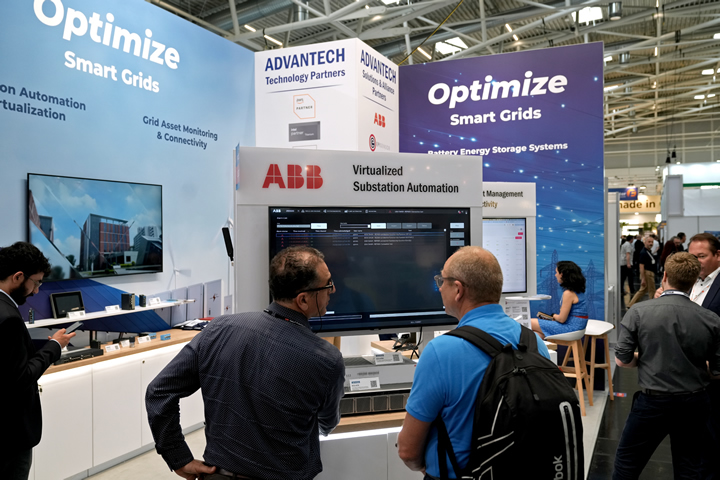

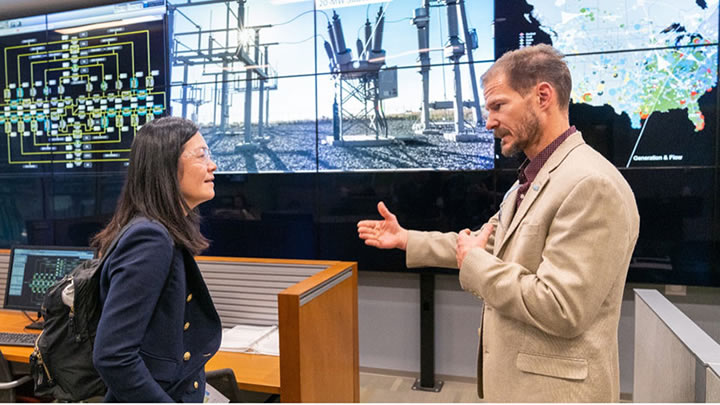
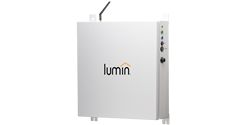
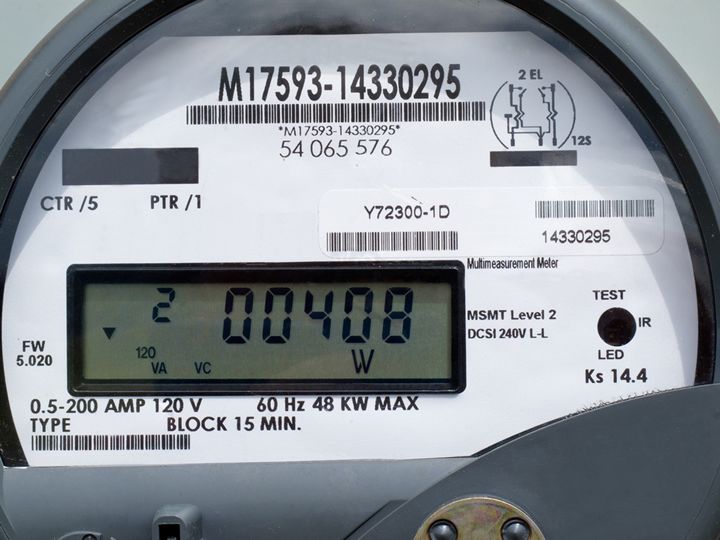

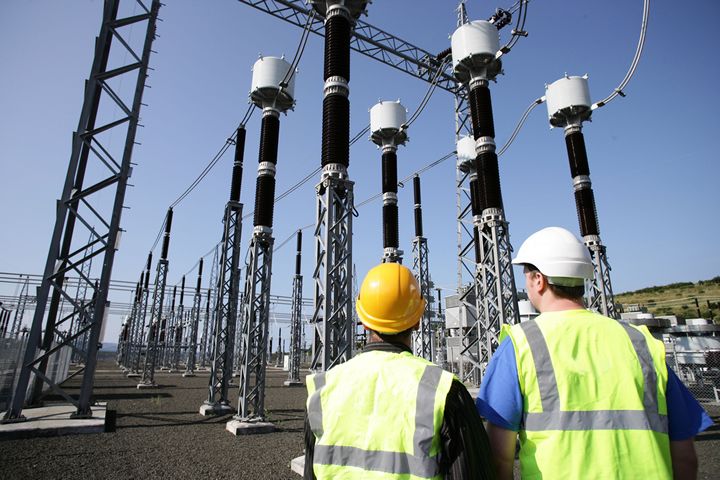

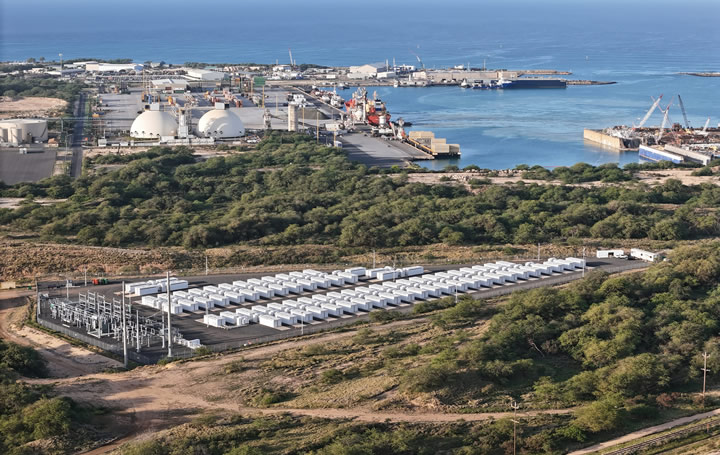



.jpg)
.jpg)